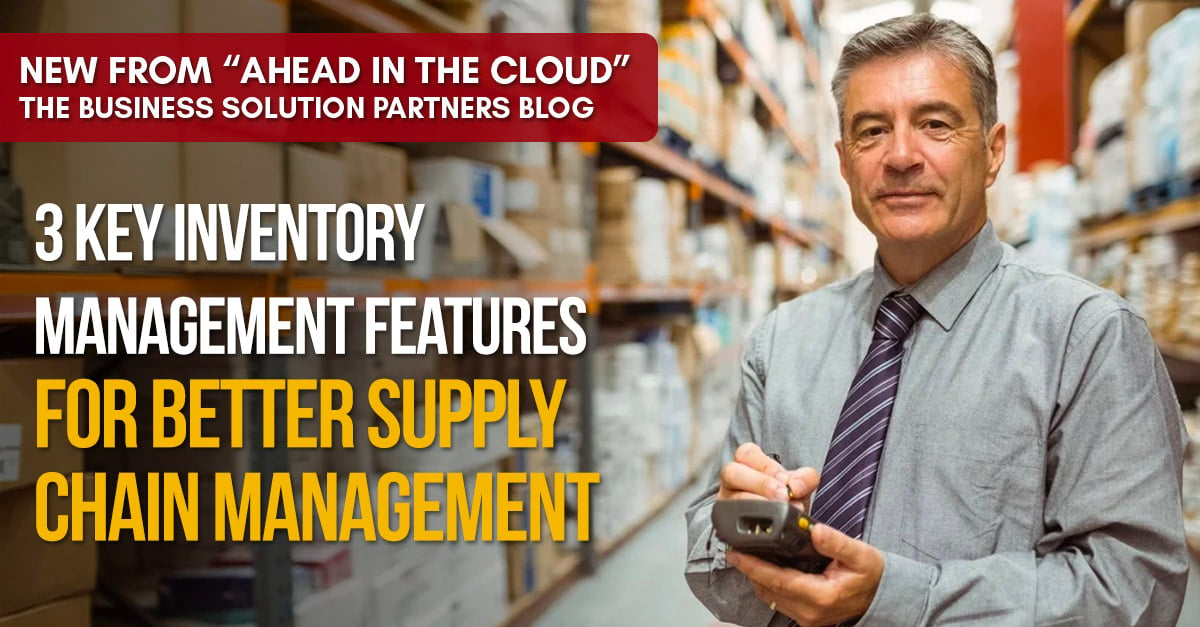How Could Cloud Distribution Software Transform Your Business?
Cloud distribution software offers a slew of potential benefits to companies, whether they want to maintain operations or reshape their business.
2 min read
FullQuota Editor : Nov 7, 2013 12:00:43 AM
Distributors can reduce costs by taking advantage of cloud distribution software and freeing up money that could be reinvested in the business.
A survey by Rackspace proves just how effective cloud solutions are at reducing operating costs, according to an article on its website. The survey included 1,300 businesses in the U.S. and United Kingdom. Nearly nine out of 10 companies that implemented cloud solutions saved money. Of those, 62 percent reported that they’re putting the savings back into the business. More than half of the respondents — 56 percent — increased profits with the cloud.
But is it really that simple? How do cloud-based solutions allow companies to reduce costs? Here are five ways in which distributors can realize cost-savings with cloud distribution software.
It’s clear that many companies are already using the cloud to cut costs, grow their businesses and drive innovation. It’s a low-risk investment with great potential for high rewards, which should make the decision to move to the cloud an easy one for distributors.
Cloud distribution software offers a slew of potential benefits to companies, whether they want to maintain operations or reshape their business.
Cloud accounting systems can drive greater efficiency by streamlining processes and enabling distributors to maximize the power of data.

Cloud-based inventory management solutions provide a high level of visibility that enables distributors to get the most out of their supply chains.